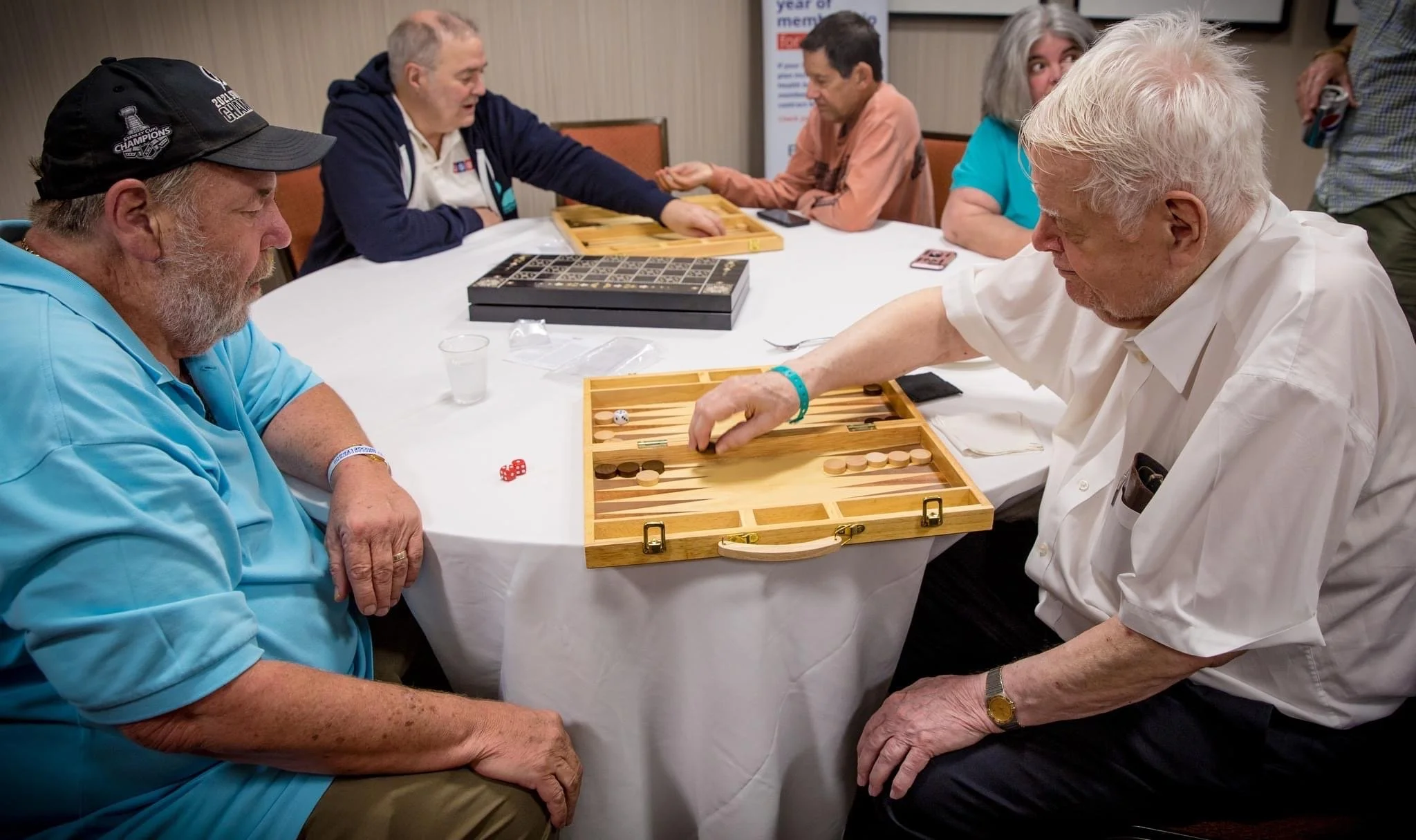(572) Bergen Raises
When responding to partner’s 1-Major opening bid, Responder tries to apply the Law of Total Tricks (LOTT) – getting to the size of the partnership’s fit as quickly as possible. This is particularly true in competitive auctions but is also useful in constructive auctions. Responder must balance showing the size of their fit with showing their values. This LOTT bidding is especially effective when our side has a 9+card fit. In this case, the auction is likely to become competitive if the opponents have some values as well. Predicting this to happen, we would like to be able to compete to the 3-level with a 9+card fit as quickly as possible, eating up the opponents’ bidding space while showing our values. Bergen Raises are a set of conventional bids Responder can use when responding to a 1-Major opening bid with 4+card support (at least a 9+card fit). Let’s see how this system works.
























